Is Samsung Tech’s Top Dog?
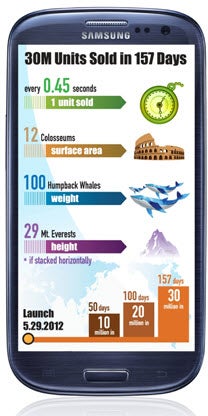
There are many numbers associated with Samsung: 370,000 employees, a $250bn annual turnover, nearly $400bn in total assets and more than 80 diversified business units which cover everything from shipbuilding and jet engines to investment banking and medical services.
That said, for many the most eye popping figure in Samsung’s recent history is a relatively meagre 1.8 million. For this is the figure by which the Samsung Galaxy S3 outsold the iPhone over the last three months to become the world’s most popular smartphone.
Admittedly both companies did huge business during what were their third financial quarters. Apple shipped 16.2m iPhones, Samsung shipped 18m Galaxy S3s. Furthermore the win wasn’t as clear cut as it appears. The trading period came in the run up to Apple’s iPhone 5 and even CEO Tim Cook admitted customer anticipation curtailed sales. As it turned out the iPhone 5 had just 10 days on sale before the Q3 figures were filed.
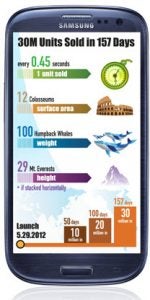
And yet for Samsung this matters little. Circumstance or not it demonstrated to the world – however briefly – that the Korean giant can stand toe-to-toe with Apple and win, even in the battle of the iPhone 5 vs Samsung Galaxy S3. It could also argue that anticipation for its Samsung Galaxy S4 is already building and it has to compete with every other Android handset, while Apple knows many of its customers will only choose iPhones.
Furthermore Samsung has now shipped 30 million Galaxy S3s in the five months that the handset has been on sale. Projected over the course of 12 months this would put it neck and neck with the iPhone 4S while remaining just one of the many models Samsung sells. Even more heartening is – despite the continual reference to limited apps – it is clear Apple’s stranglehold on the tablet sector is weakening. In Q3 2010 Apple had a remarkable 93 per cent market share, but Q3 2012 it has fallen to just above 50 per cent. Among the dominant forces behind this fight back is Samsung, with models like the Tab range and the Samsung manufactured Google Nexus 10.
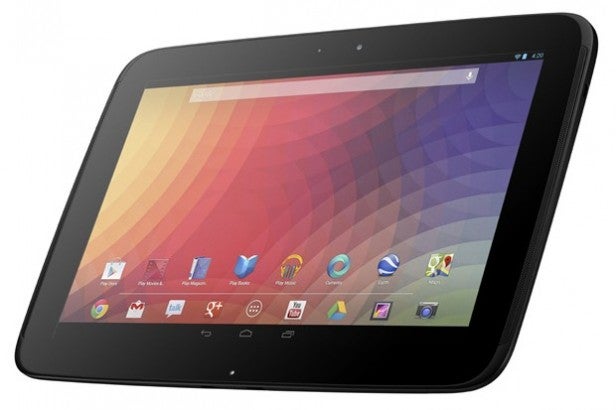
Make no mistake Samsung is fighting a war on price. Both the Samsung Galaxy S3 and, in particular, the Google-branded Nexus 10 significantly undercut their targeted Apple products, but they do so without significantly sacrificing features or style. It is a trend we have already seen with the company’s laptops as its budget offerings have been augmented by premium designer ranges like the ultra-slim Samsung Series 9. This flagship line-up is continued in its television series where the company again dominates the segment and has shaken off its bargain basement roots. And besides isn’t the next tech battleground said to be the living room?
And yet there is a huge hole in all of this: Samsung lacks an ecosystem… or does it?
Much has been made of the importance of ecosystems this year. I myself recently argued convergence now means picking a side and in 2012 they add up to platforms governed by Apple, Google and Microsoft. In fact Samsung tried to get in on the act itself with Bada, but despite massive developer incentives and some success in its native Far East the OS failed and was effectively put out to pasture in a joint merger with Intel’s Tizen at the start of the year. And yet what seems to have struck Samsung since then is not having an operating system could well be a strength, not a weakness.
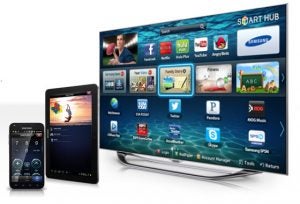
What Samsung has realised is an ecosystem only needs to be skin deep. Products should work together and there should be core beneficial differentiators from living in that ecosystem. Samsung is doing all this with TouchWiz. Whether a TV, tablet or phone Samsung coats almost everything in TouchWiz and adds apps which grant additional functionality between them. Purists lament this approach as do platform owners, but to the masses everything looks like a single unified Samsung environment all without the hassle of designing and updating the core OS at their heart. Microsoft may have tried to fight back with its locked down approach to Windows Phone, but Samsung is still bolting on exclusive apps and services.
Consequently the Samsung method says winning is ultimately not about the slog to become the dominant platform, it is about coating them all with your brand and not caring which of Apple’s competitors comes out on top. As Google and Microsoft spend billions to topple Apple it only makes Samsung products more competitive. With Samsung’s position as the world’s largest flash memory and displays manufacturer (along with a thriving chipset business) it is also in a dominant position to build the best, most price competitive partner hardware.
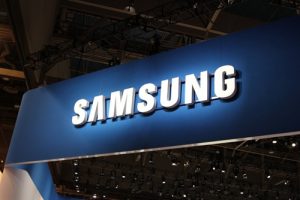
Interestingly last month it was claimed Apple was looking to end its mammoth components deal with Samsung as the two’s bitter legal battles rage on. For now the relationship continues, but you have to question whose its termination would hurt most. (update 12.11.12: reports Samsung is bumping up prices for Apple’s A-series range of processors by 20 per cent seem to bear this out)
As for the road ahead after the Christmas frenzy comes CES, the world’s largest technology show where a swath of new Samsung Android and Windows Phone handsets await, Android tablets, Windows 8 laptops and hybrids, new televisions and likely further expansion into its promising audio business.
More significant than any product, however, could be the fulfilment of rumours Samsung is planning to use the show for a ‘radical brand makeover’. Talk is of simplified product lines, cleaner branding and the end of its signature blue logo as it sets sights on Apple’s well moneyed customer base. It is superficial, but Samsung may also feel that with so much going its way it remains the only move it still needs to make…

